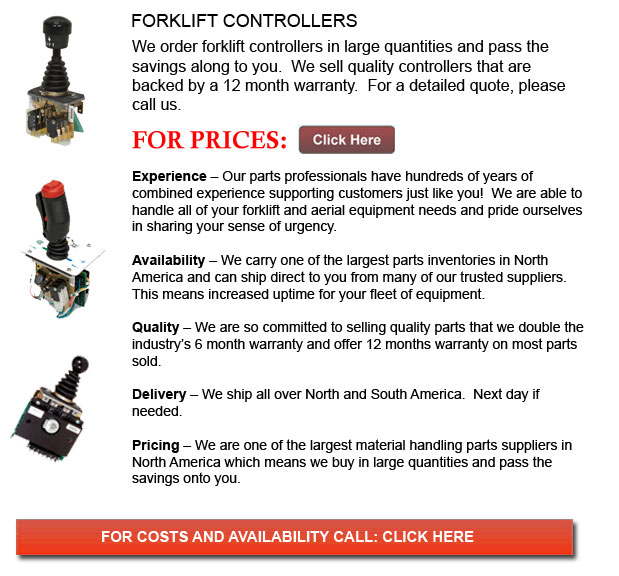
Forklift Controller - Lift trucks are accessible in different load capacities and a variety of units. Nearly all lift trucks in a standard warehouse situation have load capacities between one to five tons. Larger scale units are used for heavier loads, like for example loading shipping containers, could have up to fifty tons lift capacity.
The operator could use a control to lower and raise the forks, that are also referred to as "tines or forks." The operator could also tilt the mast to be able to compensate for a heavy load's propensity to tilt the blades downward to the ground. Tilt provides an ability to function on rough ground also. There are yearly competitions meant for skillful lift truck operators to contend in timed challenges as well as obstacle courses at regional lift truck rodeo events.
All lift trucks are rated for safety. There is a specific load limit and a specific forward center of gravity. This vital information is supplied by the manufacturer and positioned on the nameplate. It is important cargo do not go over these details. It is illegal in lots of jurisdictions to tamper with or take out the nameplate without getting permission from the lift truck manufacturer.
The majority of forklifts have rear-wheel steering in order to enhance maneuverability. This is very effective within confined spaces and tight cornering spaces. This type of steering varies fairly a little from a driver's initial experience along with other vehicles. For the reason that there is no caster action while steering, it is no essential to utilize steering force to be able to maintain a constant rate of turn.
Unsteadiness is one more unique characteristic of lift truck operation. A continuously varying centre of gravity takes place with every movement of the load amid the lift truck and the load and they should be considered a unit during use. A lift truck with a raised load has gravitational and centrifugal forces which may converge to result in a disastrous tipping accident. To be able to prevent this from happening, a lift truck should never negotiate a turn at speed with its load elevated.
Lift trucks are carefully made with a certain load limit for the forks with the limit lowering with undercutting of the load. This means that the freight does not butt against the fork "L" and would decrease with the rise of the tine. Usually, a loading plate to consult for loading reference is positioned on the forklift. It is dangerous to make use of a forklift as a worker lift without first fitting it with certain safety equipment like for example a "cherry picker" or "cage."
Lift truck utilize in warehouse and distribution centers
Vital for any distribution center or warehouse, the lift truck must have a safe surroundings in which to accommodate their safe and efficient movement. With Drive-In/Drive-Thru Racking, a lift truck needs to travel inside a storage bay that is many pallet positions deep to put down or get a pallet. Operators are usually guided into the bay through rails on the floor and the pallet is located on cantilevered arms or rails. These tight manoeuvres require well-trained operators to be able to complete the task safely and efficiently. Since every pallet needs the truck to go into the storage structure, damage done here is more frequent than with other types of storage. Whenever designing a drive-in system, considering the measurements of the fork truck, along with overall width and mast width, have to be well thought out to be able to ensure all aspects of a safe and effective storage facility.
![]() Click to Download the pdf
Click to Download the pdf
Forklift Parts
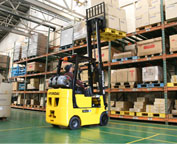
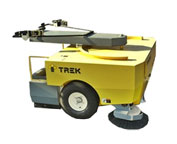
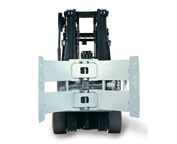
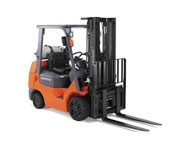
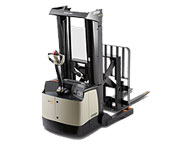
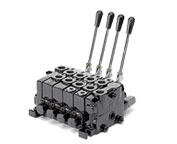
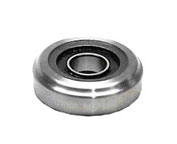
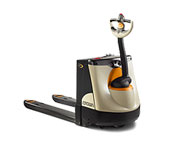
Lift Parts Express
TOLL FREE: 1-888-695-7994
LOCAL: 657-208-7001
174 W LINCOLN AVE 184
Anaheim, California
forkliftpartsanaheim.com
Email Us
About Us


